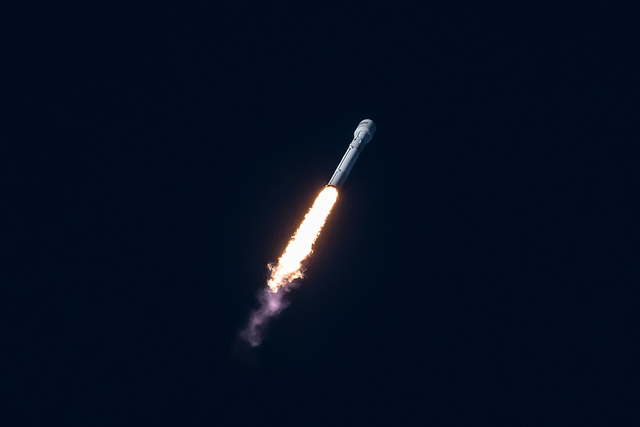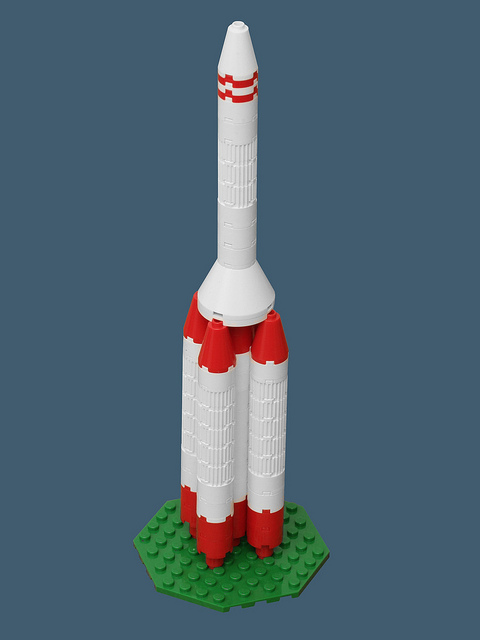
It’s been a good month for SpaceX. Three launches and one recovery of an already recycled Dragon capsule. China has demonstrated that rocket science is rocket science, meaning launches don’t always work.
7/3/17 – Space.com – Back Again…Again: SpaceX’s Dragon Makes Historic 2nd Splashdown – A Dragon capsule that had previously been recovered from a trip to the International Space Station has just returned from the ISS a second time and successfully landed in the Pacific Ocean.
This is the first successful reuse of a Dragon capsule.

7/5/17 – Space.com – Three Launches in 12 Days! SpaceX Lofts Heavy Communications Satellite –
SpaceX launched Intelsat 35E on a Falcon 9. SpaceX did not try to recover the booster due to mission requirements. This was a heavy satellite, at 13,000 pounds (6K kg) placed in a high orbit. There wasn’t enough fuel left over after getting enough velocity to attempt recovery of the first stage.
I got to watch the launch on the 5th and the two aborts on the 2nd and 3rd. Both aborts were at the T-10 second point. Apparently, the on board computer reported some guidance factor correctly but that was outside the tolerance the ground computer was programmed to accept. As a result, the ground computer calculated an out-of-tolerance condition and aborted the flight. Coding was adjusted and the Falcon 9 lit up on the 5th. Sat was successfully placed in transfer orbit.

7/2/17 – Behind the Black – China’s second launch of its Long March 5 rocket fails – Second attempt to launch a Long March 5 failed. Article points to an extremely brief press release saying the launch was “unsuccessful.” Official comment provided essentially no other details.
BtB article points out this is a big deal because this rocket is planned to launch the modules for the Chinese space station and an unmanned lunar mission next year.
Some background on Long March 5.